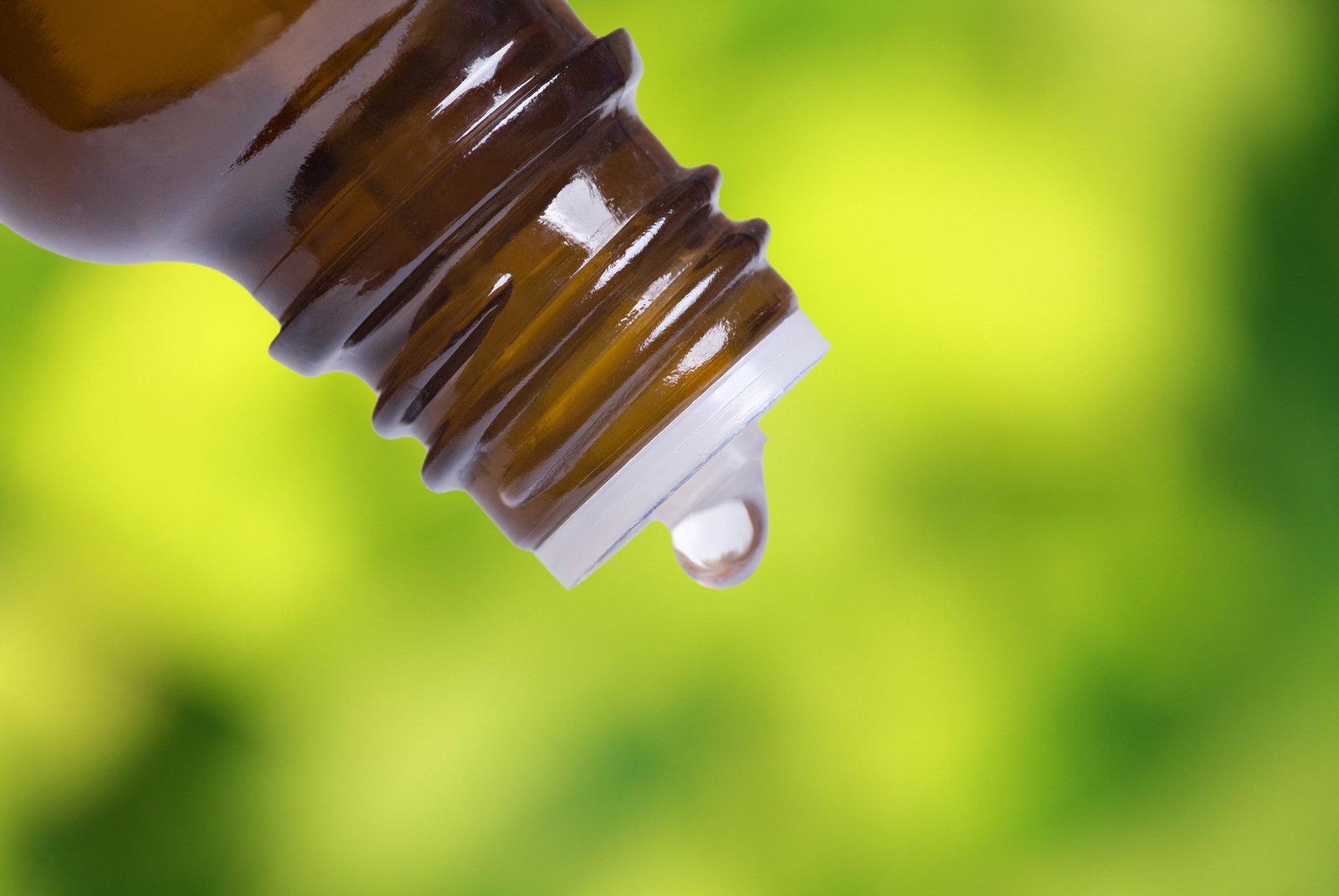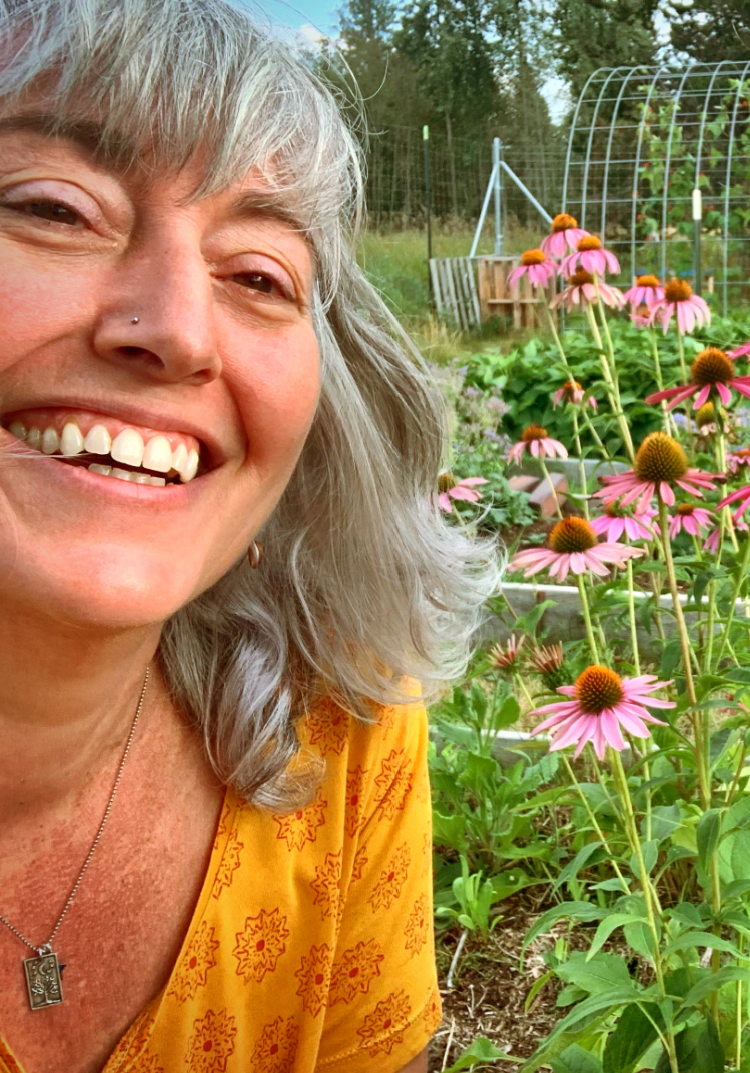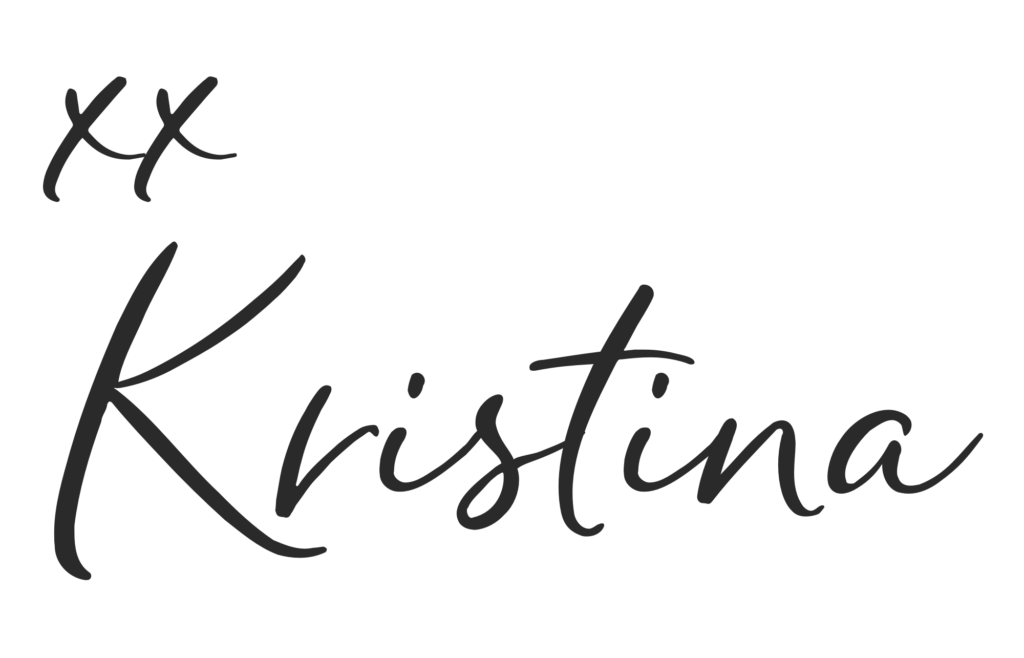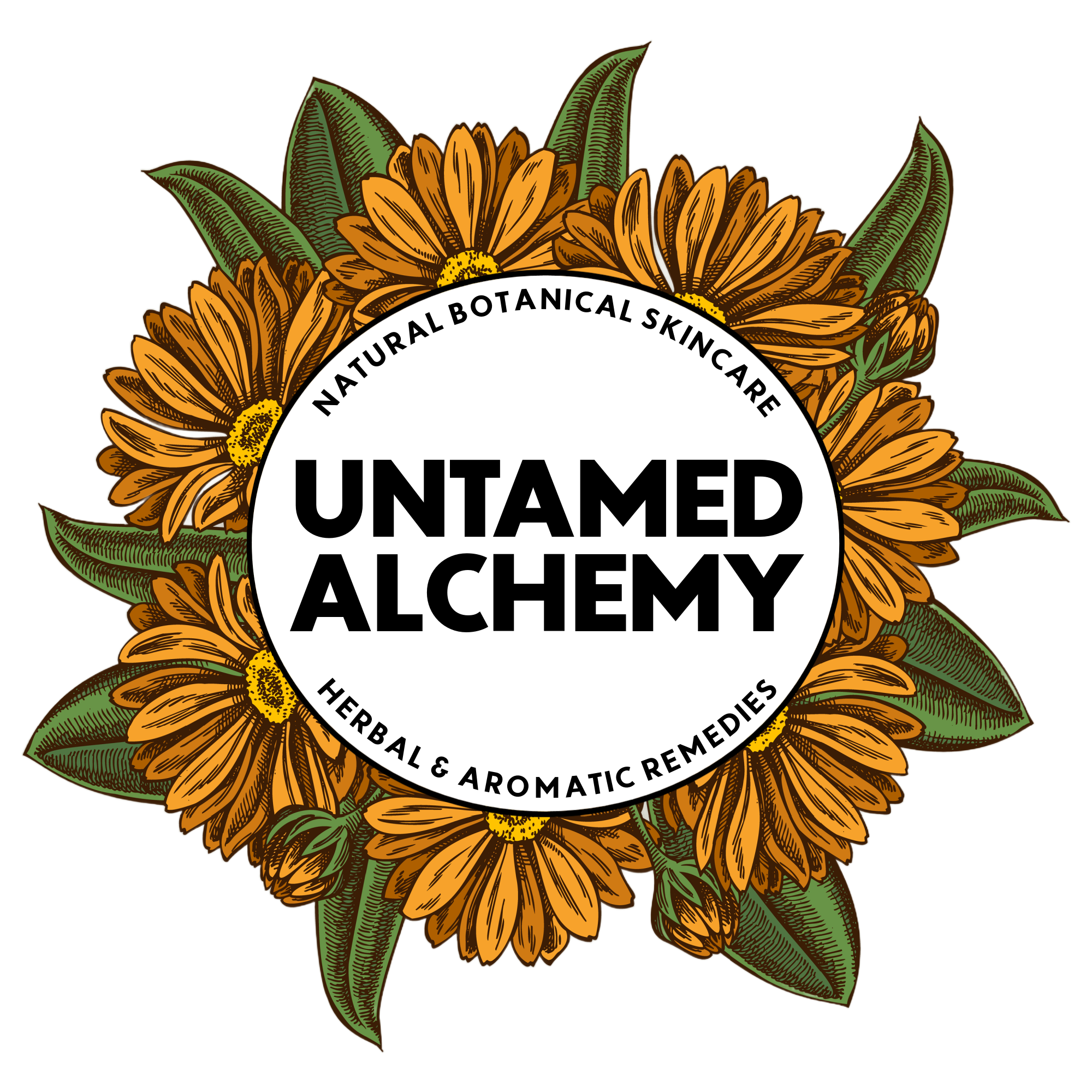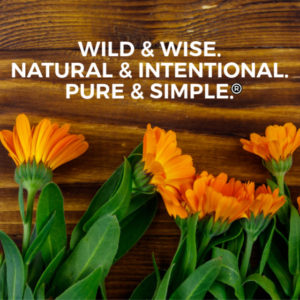 EARLY PREGNANCY: Generally speaking, we do not recommend the use of essential oils during the first trimester of pregnancy—this is too a delicate time for mom and the developing little one.
EARLY PREGNANCY: Generally speaking, we do not recommend the use of essential oils during the first trimester of pregnancy—this is too a delicate time for mom and the developing little one.
2ND TRIMESTER & ON: First, check the following lists to identify essential oils that should be restricted or avoided altogether. For oils that don’t appear on the restrict or avoid list, we recommend no more than a 1% dilution for topical application during pregnancy and in the months immediately following childbirth.
GENERAL RULE: For oils that are safe to use, we recommend no more than a 1% dilution in blends intended for use all over the body, once-per-day during pregnancy and in the months immediately following childbirth. (See the note at the bottom about mama’s noses, too!)
OILS TO RESTRICT: Exposure to some essential oils should be restricted during pregnancy and lactation to reduce risks associated with some oils. Keep exposure to the following essential oils below the indicated dilution threshold for each oil:
Essential Oils to Restrict
| Essential Oil (Latin name) | Safe at Dilution Below 1% | Dilute to No More Than |
| Australian Lemon Balm(Eucalyptus staigeriana) | yes | – |
| Champaca absolute (Orange)(Michelia champaca) | yes | – |
| Frankincense(Boswellia papyrifera) | yes | – |
| Honey Myrtle(Maleleuca teretifolia) | no | 0.9% |
| Lemon Basil(Ocimum x citriodorum) | yes | – |
| Lemongrass(Cymbopogon citratus) | no | 0.7% |
| Lemon Leaf(Citrus x limon) | yes | – |
| Lemon Myrtle(Backhousia citriodora) | no | 0.7% |
| Lemon-Scented Tea Tree(Leptospermum peteronii) | no | 0.8% |
| Lemon Thyme(Thymus lanuginosus var. citrodorum) | yes | – |
| Lemon Verbena(Aloysia citriodora) | no | 0.9% |
| May Chang(Litsea cubeba) | no | 0.8% |
| Melissa(Melissa officinalis) | no | 0.9% |
| Nasturtium absolute (Tropaeolum majus) | no | 0.26% |
OILS TO AVOID ALTOGETHER: Some essential oils should be avoided altogether throughout pregnancy and lactation. (Bold type indicates a more commonly used essential oil.)
Essential oils to AVOID ALTOGETHER during pregnancy and lactation include:
- Anise (Pimpinella anisum)
- Aniseed Myrtle (Backhousia anisata)
- Araucaria (Neocallitropsis pancheri)
- Artemisia vestita (Artemisia vestita)
- Bitter Fennel (Foeniculum vulgare)
- Black Seed (Nigella sativa)
- Blue Cypress (Callitris intratropica)
- Buchu (Agathosma betulina ct. diosphenol and Agathosma crenulara ct. pulegone)
- Calamint (Calamintha nepeta)
- Carrot Seed (Daucus carota)
- Cassia (Cinnamomum cassia)
- Chaste Tree (Vitex agnus castus)
- Cinnamon Bark (Cinnamomum verum)
- Costus (Saussurea costus)
- Dalmation Sage (Salvia officinalis)
- Indian Dill Seed (Anethum sowa)
- Feverfew (Tanacetum parthenium)
- Genipi (Artemisia genepi)
- Hibawood (Thujopsis dolobrata)
- Ho Leaf (Cinnamomum camphora ct. camphor)
- Hyssop (Hyssopus officinalis ct. pinacamphone)
- Lanyana (Artemisia afra)
- Mugwort (Artemisia vulgaris ct.camphor/thujone, Artemisia vulgaris ct. chrysanthenyl acetate, and Artemisia arborescens)
- Myrrh (Commiphora myrrha)
- Oregano (Origanum vulgare)
- Parsley Leaf (Petroselinum crispum)
- Parsley Seed (Petroselinum crispum)
- Pennyroyal (Hedeoma pulegioides, Mentha pulegium)
- Rue (Ruta graveolens)
- Savin (Juniperus sabina)
- Sea Wormwood (Artemisia maritime)
- Spanish Lavender (Lavandula stoechas)
- Spanish Sage (Salvia lavandulifolia)
- Star Anise (Illicium verum)
- Sweet Birch (Betula lenta)
- Sweet Fennel (Foeniculum vulgare)
- Tansy (Tanacetum vulgare)
- Western Red Cedar (Thuja plicata)
- White Cedar/Thuja (Thuja occidentalis)
- White Wormwood (Artemisia herba-alba)
- Wintergreen (Gaultheria fragrantissima)
- Wormwood (Artemisia absinthium)
- Yarrow (Green) (Achillea nobilis)
- Zedoary (Curcuma zedoaria)
Note that many women report that their sense of smell is dramatically altered during pregnancy. For many expectant moms, the sense of smell is not only heightened, but a favorite, ohmygoshIloveit smell from pre-pregnancy can become a total turn-off, get-it-the-hell-away-from-me! nausea trigger during pregnancy. Less is typically more for expectant moms.
Informed by Robert Tisserand/Rodney Young’s Essential Oil Safety, Volume II and materials from Andrea Butje at Aromahead Institute


